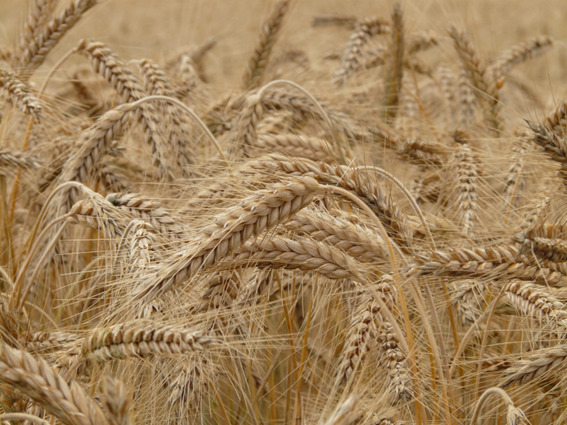Society is facing one of the greatest challenges in history: to provide safe and nutritious food for a growing population in a context of climate change, but how can we do this in a sustainable and environmentally friendly way? European policies such as the Green Deal or the Farm2Fork strategy highlight the use of biostimulants as an alternative to tackle this major agri-food challenge.
The new European Fertiliser Regulation (EU) 2019/1009: today’s laws for tomorrow’s agriculture
After years of lack of consensus among countries on the definition, composition, and mode of action of plant biostimulants, the entry into force of the new European Fertiliser Regulation (EU) 2019/1009 included for the first time this type of product in its scope of application.
This new legal framework includes a specific definition of biostimulants and sets out the requirements they must meet in terms of safety, quality, efficacy, and efficiency. The objective is clear, to raise awareness among farmers and end-users of the effectiveness of plant biostimulants in producing abundant and high-quality harvests, while moving towards more sustainable agriculture.
Biostimulants: small players for a big role
According to this new legislation, for an agricultural input to be considered as a plant biostimulant, it should stimulate plant nutritional processes independently of its nutrient content. Therefore, these improvements in the nutritional status of the plant must be achieved through one or more of the following actions on the plant or plant rhizosphere:
-Improve nutrient use efficiency, e.g. by increasing the root surface area and thus the nutrient uptake capacity, thus reducing possible losses to the environment.
– To improve tolerance to abiotic stress, e.g. by making crops more resilient to climate shocks such as floods, drought, and extreme temperatures.
– To improve quality traits, e.g. by biofortification in some nutrients or extending shelf-life.
– To improve the availability of nutrients confined in the soil or rhizosphere by increasing the solubility and mobility of otherwise unavailable or immobile nutrients in the soil, such as phosphorus, iron, zinc and copper.
These mechanisms of action, alone or in combination with each other, benefit both yield and plant vigour. This ensures that plants have good resilience and good baseline health, making them less vulnerable to stress, pests and other threats, including climatic disturbances.
Furthermore, depending on their composition, plant biostimulants can be further classified into two subtypes:
On the one hand, there are microbial plant biostimulants. Within this group, the legislation covers products formulated with single strains or a consortium of live microbes from one of the following 4 genera: Azotobacter spp., Mycorrhizal fungi, Rhizobium spp., Azospirillum spp.
However, the Commission plans to add new genera of microorganisms to this list in the coming years.
On the other hand, there are non-microbial plant biostimulants. This category of biostimulants includes products other than microorganisms derived from secondary raw materials, such as plants, algae, and animal by-products from several different value chains.
These biostimulants together with fertilizers, essential and irreplaceable, play a fundamental role in the challenge of achieving sustainable and sufficiently productive agriculture.
The development of biostimulants and modulators of soil microbiota and their combination with plant nutrition products are the main objectives of the TRIBIOME project. Whether through exogenous application of beneficial microorganisms or by stimulating the native soil microbiota, modulators will improve the yield and nutritional quality of wheat. But this does not end here, foods derived from this more nutritious wheat will in turn influence the human and animal microbiome, contributing to health and well-being.
Contact catherine.malingreau@wagralim.be or Follow the project’s LinkedIn page

